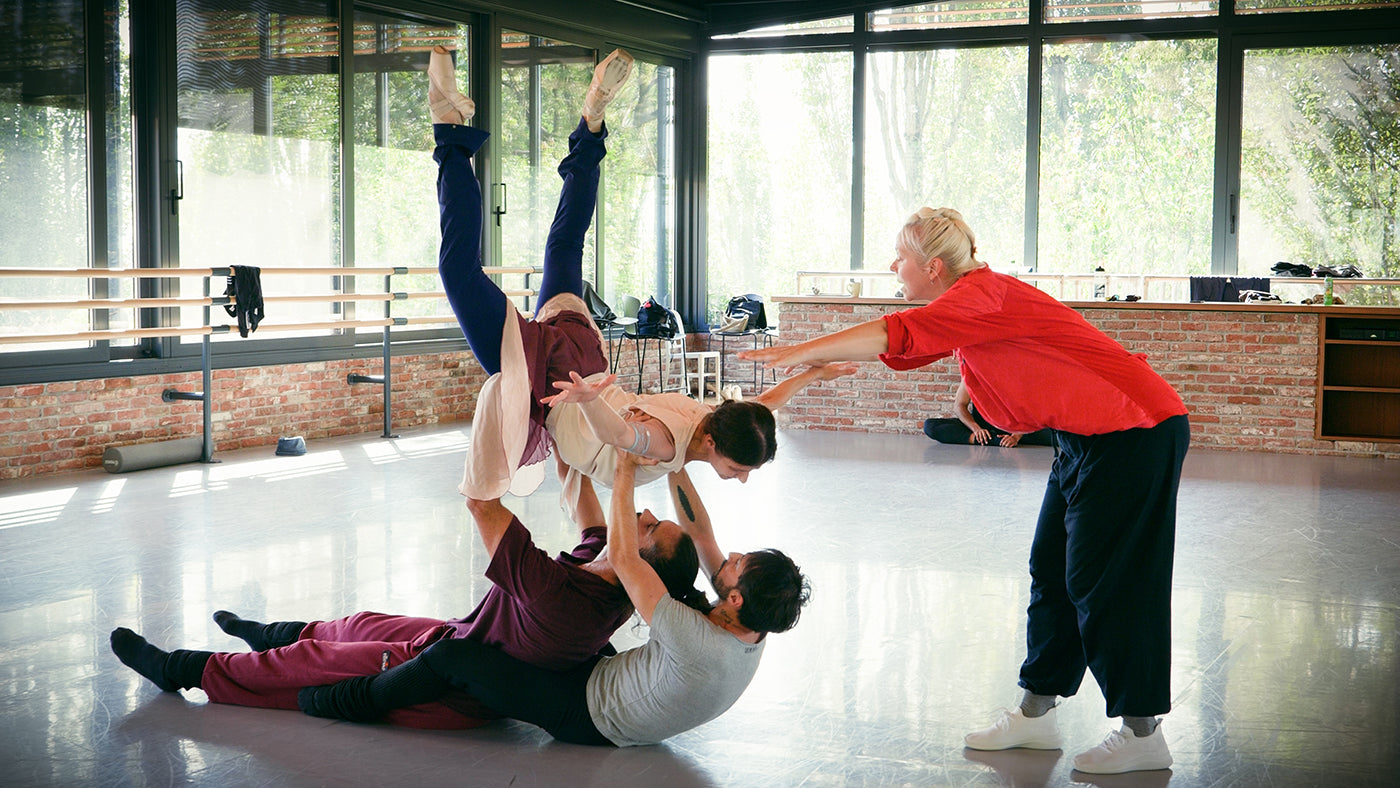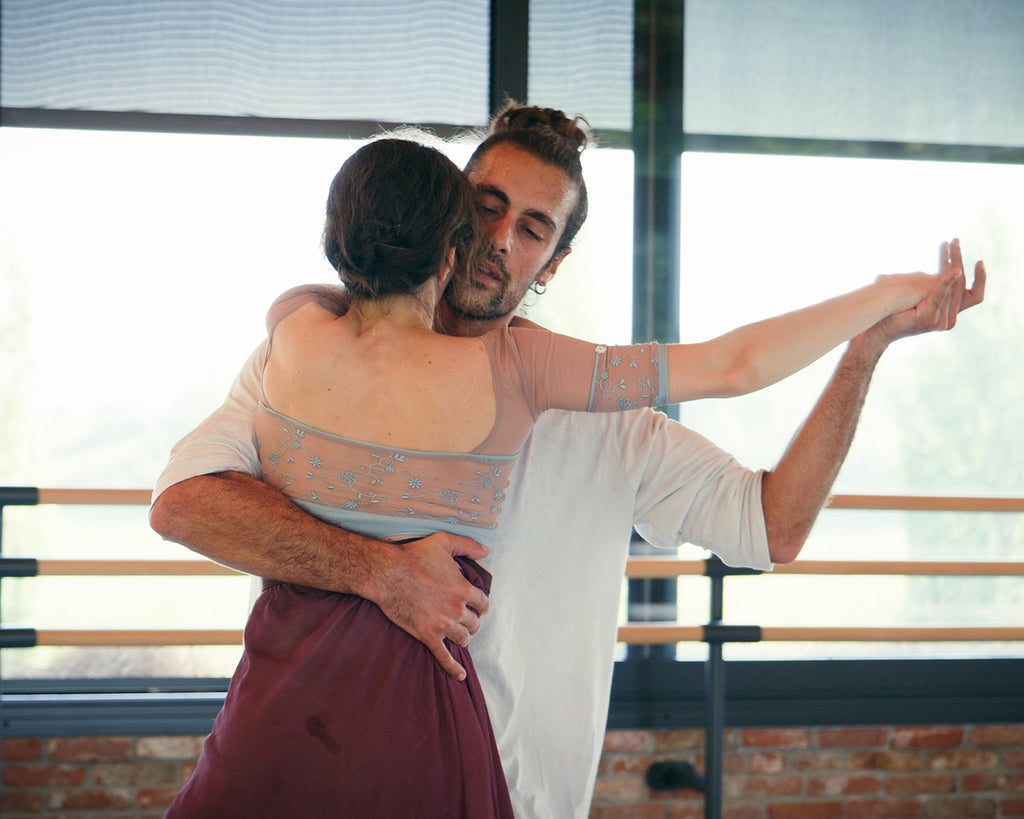Ultimate Release
Perhaps not since Mikhail Fokine’s 1905 iconic “The Dying Swan” has there been as haunting a solo dance depiction of avian death as Aakash Odedra Company’s “Songs of the Bulbul” (2024).
Continue Reading
World-class review of ballet and dance.
Days away from presenting and performing in her own company’s first full-length ballet, Alina Cojocaru is at the height of her powers. And what powers they are. Since performing as a globally lauded principal dancer with the Royal Ballet and English National Ballet, and guest principal at Hamburg Ballet, Cojocaru has worked as a freelance dancer, launched her own production company, ACWorkroom, and directed international galas. She has also been embarking on an interpretation of one of cinema’s most celebrated films, Federico Fellini’s 1954 La Strada.



“Uncommonly intelligent, substantial coverage.”
Your weekly source for world-class dance reviews, interviews, articles, and more.
Already a paid subscriber? Login

Perhaps not since Mikhail Fokine’s 1905 iconic “The Dying Swan” has there been as haunting a solo dance depiction of avian death as Aakash Odedra Company’s “Songs of the Bulbul” (2024).
Continue ReadingDance, at its best, captures nuance particularly well, allowing us to feel deeply and purely. In its wordlessness, it places a primal reliance on movement and embodied knowledge as communication all its own. It can speak directly from the body to the heart, bypassing the brain’s drive to “make sense of.”
Continue Reading“Racines”—meaning roots—stands as the counterbalance to “Giselle,” the two ballets opening the Paris Opera Ballet’s season this year.
Continue Reading“Giselle” is a ballet cut in two: day and night, the earth of peasants and vine workers set against the pale netherworld of the Wilis, spirits of young women betrayed in love. Between these two realms opens a tragic dramatic fracture—the spectacular and disheartening death of Giselle.
Continue Reading
comments